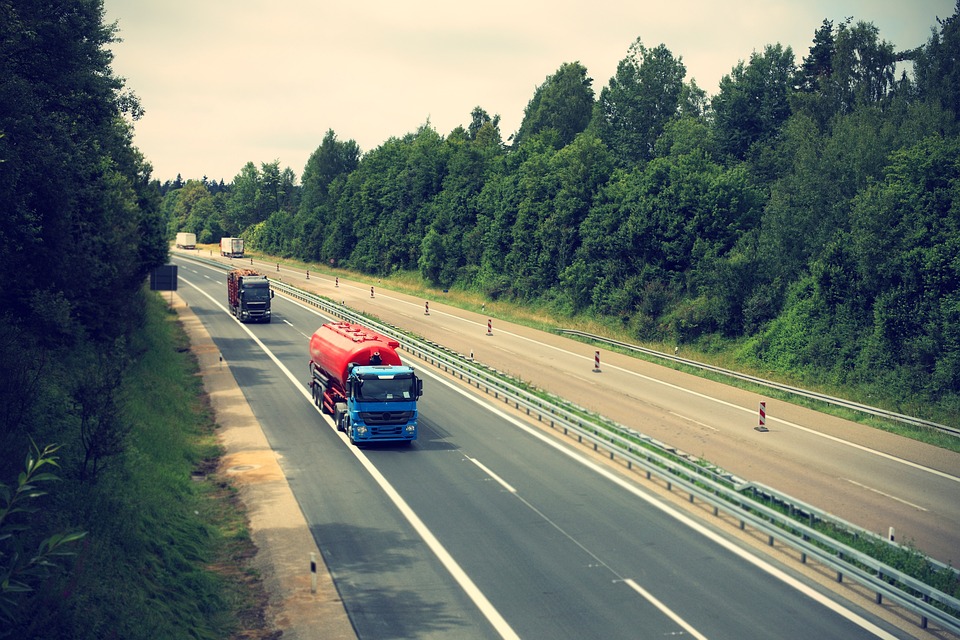Your answer, if you were sharing the road with the truck during the trial late last year, was probably “What automated truck?” The truck drove smoothly and uneventfully across more than 370 kilometres of automated travel.
Truck operations during the trial were supervised at all times by an on-board ‘safety driver’ and by personnel at our 24-7 traffic control centre – but the level of intervention required was minimal throughout. The truck successfully stayed in its lane, changed lanes and adjusted speed as needed.
The trial was the first time a highly automated truck (a truck designed to drive without driver input) was tested in live-traffic conditions on public motorways in Australia. Automated trucks are emerging world-wide as a future freight transport solution, with on-road automated heavy-vehicle pilots underway in the US and Europe – and now in Australia.
As well as being the first time an automated truck operated itself on public roads, this trial was also the first time we tested the benefits of sharing data from our roadside technology (such as road sensors and speed-limit signage) with a truck’s automated driving system (ADS), the technology that drives the truck.
Real-time data from Transurban systems was fed directly to the truck, and we measured how well this data helped the truck’s ADS understand road and traffic conditions beyond the reach of its own sensor data.
Results overview
Our trial results suggest well-instrumented managed motorways with mid-to-high freight volumes will be ideal candidates for early automated truck deployments. These roadways have enough freight demand to attract automated truck operators and enough instrumentation to generate infrastructure data to support the automated trucks.
We found integrating our road-infrastructure data into the ADS enabled safer on-road deployment of the automated truck. For example, instead of training the ADS to read LED signs along the road, we provided a data feed that gave the ADS direct and reliable access to the information typically conveyed by signs along the motorway.
We note that while the truck performed well under the conditions presented during the trial, real-life operations would involve many different driving scenarios and our trial did not include all of these. Therefore, our findings can’t be applied broadly, across all automated trucks and all public roads.
Detailed results and learnings
Our Transurban Insights: Automated Truck Trial report provides more details on the trial and our findings. Complete the form and we’ll send you a link to download it.
Next steps
The trial findings are helping Transurban – and our government and industry partners – better understand how roads and road technology can support the introduction of automated trucks.








